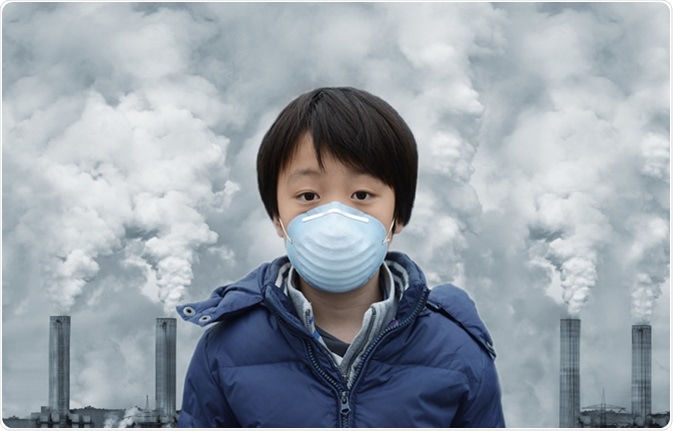Human biomonitoring is a modern movement which aims to monitor and measure the exposure of humans to various environmental substances, natural or synthetic. Many techniques are used in this monitoring, and they could be essential for the safety of our developing world.

Image Credit: Hung Chung Chih / Shutterstock
What aspects of the human body do they measure?
Many measurements or samples of a person can be taken during biomonitoring, including body fluids, such as urine, blood, and samples from various bodily tissues. The levels of various substances and metabolites within blood and urine are measured, including various pollutants, organic compounds or free metals and trace elements. The effect of the concentration or levels of a substance and their biochemical and biological effect can be monitored. The levels of a pollutant within bodily fluids can be measured in many samples to work out what concentration produces a toxic effect. This measurement can then be used to ensure the exposure to the human population stays below this level.
What is biomonitoring?
The biochemical effect of a substance is monitored by measuring if the substance binds or interacts with important biomolecules in the body, such as DNA or proteins. The biological effect is assessed by measuring the toxic effects of a substance, and if this can be prevented.
After all these effects of a certain substance are measured, it can be related its occurrence. For example, if it is common in certain populations, and therefore if action can be taken to reduce exposure in these areas. In theory, human biomonitoring of these substances could increase health of the general population dramatically.
Human Biomonitoring for Europe, HBM4EU - science and policy for a healthy future
POPs and pollution
POPs, or persistent organic pollutants, are substances which resist natural degradation and linger within the environment. These substances can potentially cause harmful effects to humans and other species. Examples of POPs include pesticides, such as DDT, industrial by-products and their derivatives. These substances accumulate within many species but are found mostly within species at the top of the food chain, like humans. Human biomonitoring can assess the risk of these substances to humans, and whether changes need to be made in their abundance.
How do pollutants get inside the body?
The most common route of entry of pollutants and toxicants is either through the skin, airways, or ingestion. The extent to which the molecules are taken up depends on many factors, including the size of the molecule, the chemical and physical properties, and the time of exposure.
Exposure to potentially toxic substances can be avoided by wearing the relevant safety equipment in certain jobs and staying away from substances, such as asbestos, However, not all pollutants are easily avoided.
Living in a city rather in a rural area, for example, can drastically increase the exposure to organic pollutants in the air and water. Man-made pollutants, such as soot and other by-products of combustion tend to be more toxic to humans than natural pollutants, such as pollen and dust which are found more in rural areas.
Thus, monitoring the underlying levels of certain POPs within the human population is very important as cities are growing and rural areas are becoming less available.
What makes pollutants so dangerous?
Pollutants, such as POPs can have varying forms of damage to the body. Oxidizing agents and carcinogens are very common in air pollution, and these can form reactive oxygen species within the body, such as radicals and peroxides. These can damage DNA and proteins, cause inflammation in tissues, and chronic exposure can have lethal consequences. Exposure to carcinogens over long periods of time also exponentially increase chances of cancer. Thus, monitoring the levels of these pollutants in the human body is of critical importance.
Further Reading